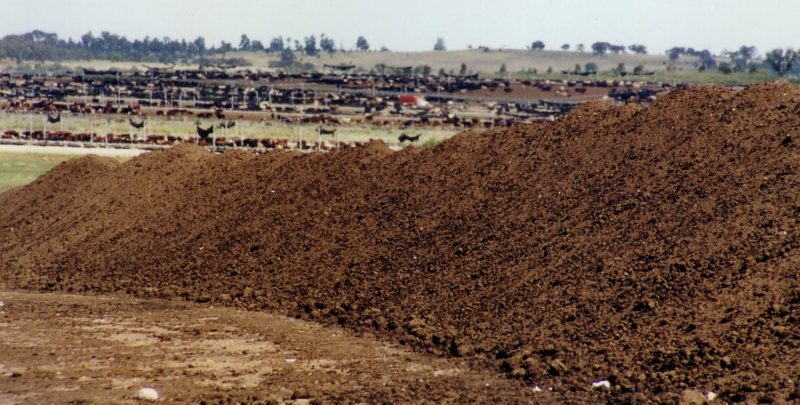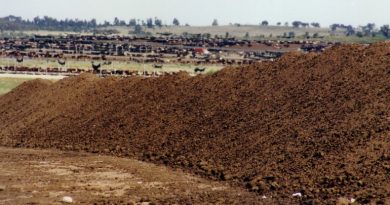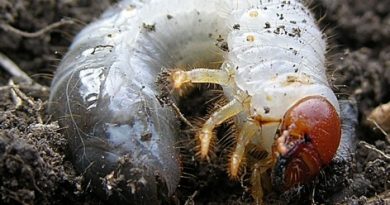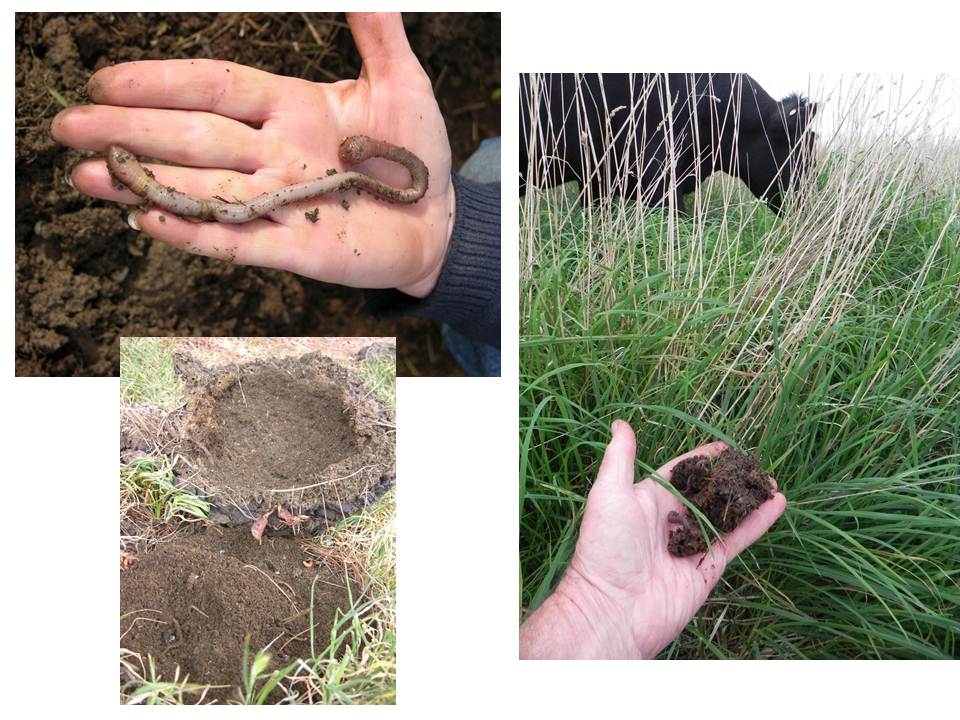Using livestock manures to boost pasture growth
A review was undertaken to assess published reports of the benefits of alternative soil and pasture treatments (i.e. microbial or plant growth or microbial foods and animal wastes) for pasture growth and quality that existed as peer-reviewed publications, industry reports and company trials. The minimum requirement for inclusion in the literature search was that the report had to include replication in the experimental design regardless of whether the work had been conducted as a pot or field trial.
The search for literature was for pasture and forage crop responses to application rates used in the grazing industry and did not include horticultural uses where treatments may be applied at rates of up to 100-fold greater. Interest was in the efficacy of application of treatments on pasture growth and if such effects were related to changes in soil biology or chemistry.
In brief, there were limited recorded beneficial effects of biological treatments on pasture or cereal performance when application rates provided only low levels of nutrients: as occurs with typical application rates in the grazing industry. Benefits have been reported at application rates much higher than typically used in the grazing industry: when these treatments could then be considered as a source of nutrients.
Among the alternative treatments, literature reporting responses to animal wastes and composted animal wastes was most common on a range of search databases. Other reports and articles were found on common search engines, typically for microbial products with claims for providing either bacterial N fixation or increased P root uptake from fungal colonisation which reduce, rather than replace, nutrient additions. These reports and articles seldom provided measures of variation (i.e. standard errors) or statistical analysis or probability values describing the significance of differences.
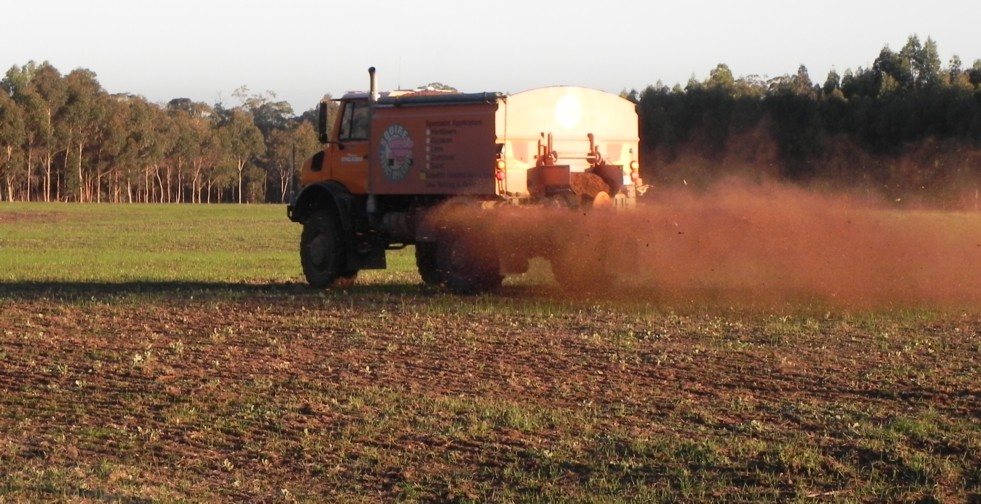
Figure: Livestock manures are a valuable source of nutrients for pastures and fodder crops but they are often applied at rates which are too low to meet the most limiting soil nutrients so responses can be disappointing. Photo: Patrick Francis.
Where composts (which had a large range in chemical composition) provided significant levels of growth-limiting plant nutrients, pasture responses to their application were generally observed. In contrast, compost application rates which provided only low levels of plant nutrients (as occurs at typical application rates in the grazing industry) did not enhance pasture growth or quality. When composts were observed to have beneficial effects on soil biology the calculated application rates were above 100 t/ha and of little commercial relevance for the grazing industry.
Soil biology not changed
Where composts have been demonstrated to increase plant growth and the concentration of plant available P and microbial biomass and activity in soil, it appears effects operate primarily through provision of nutrients rather than through provision of microorganisms. For example, high rates of compost application have not generally been reported to lead to an increase in earthworm numbers or species and comparison of soils from biodynamic and conventional farms have not shown differences in the soil processes used to enhance plant nutrient uptake.
On a quantitative scale, addition of compost or other microbial products, supplies a mass of microbes (i.e. bacteria and fungi) which amount to only a tiny fraction (i.e. much less than one in a million) of that contained in soil. Of the microbes that are applied, it has been suggested (MLA workshop, Section 11.0) that they disappear at a very fast rate such that few added microbes would remain after 3–4 days.
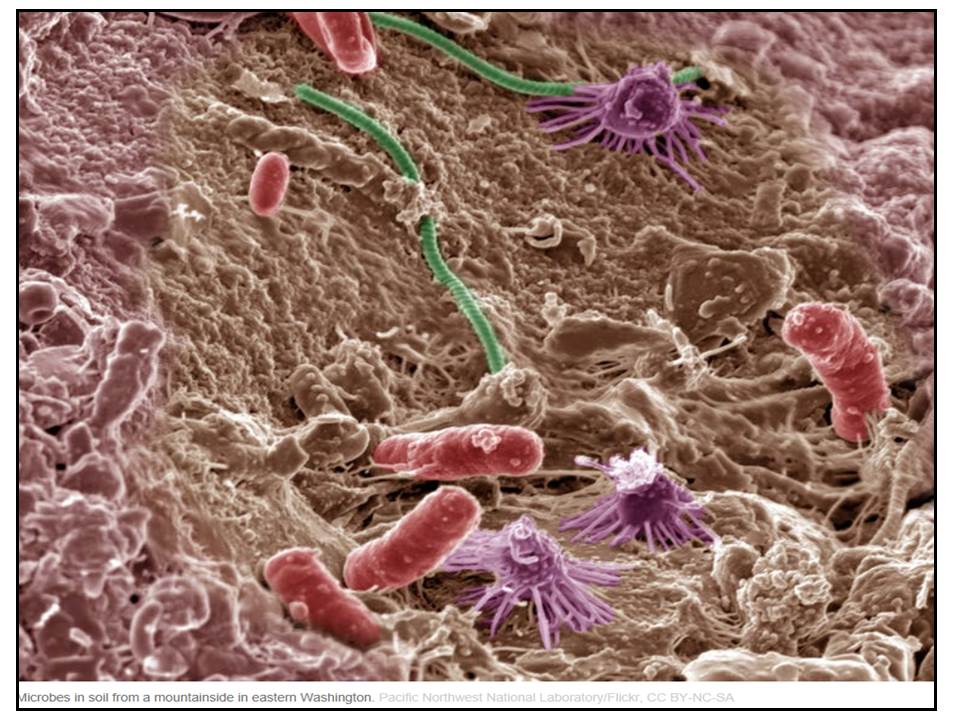
Figure: Soil biology test results suggest that adding more microbes to soil in compost and manure has no significant impact on subsequent populations. Photo: Pacific Northwest National Laboratory USA.
When examining the literature which evaluates the effect of compost application for pasture performance, a major theme for investigation by researchers is waste disposal and management of off-site impacts. The composts under examination typically include high rates of animal wastes, such as poultry litter. It is difficult to determine the amount of plant available nutrients in compost. That is, not all of the nutrients in compost are always immediately available for uptake by the plant.
This occurs because of the range of materials that are used in the composting process and the form in which they exist within the compost. That is, mineralisation of organic nutrients to inorganic forms is dependent upon a number of other factors such as ambient temperature. In general, the compositing process lowers the rates of mineralisation of nitrogen from 30-40% in the first year (after application) to 5-15% but has little effect on the availability of P or other trace elements.
Animal wastes are recognised as a means for increasing pasture performance. Animal wastes have a variable nutrient composition and dry matter content because of changes in bedding materials (e.g. poultry litter) or diet (e.g. feedlots). Typically nutrient content is higher in poultry wastes than from feedlot manures (Table 5) and this is most notable for calcium.

Most nutrients in animal wastes are only partly available for immediate plant use and 5-35% of the N can be lost to the atmosphere. Higher losses occur where wastes are not incorporated into the soil and the time between application and subsequent rainfall increases. The release rate of macronutrients, in the year after application appears to be in the order of 50% and 25% for N and P with continuing mineralisation occurring over time.
At the same level of nutrient application, poultry litter has been reported to increase pasture growth and support similar levels of pasture production compared to inorganic fertilisers. For example, an annual application of chicken litter at the rate of 15m3/ha (approx. 7 t/ha) has been demonstrated to increase annual production from kikuyu/ryegrass pastures by 4.5 t/ha (approx. 40%) and this level was little different from the use of inorganic fertilisers including urea. Similarly Warn (2013) reported that pasture growth and quality was increased from an application of poultry litter but the relative performance was lower than for inorganic fertiliser at low rates of application (1.5 t/ha) but equivalent as rates of litter were increased from 1.5 to 5 t/ha.
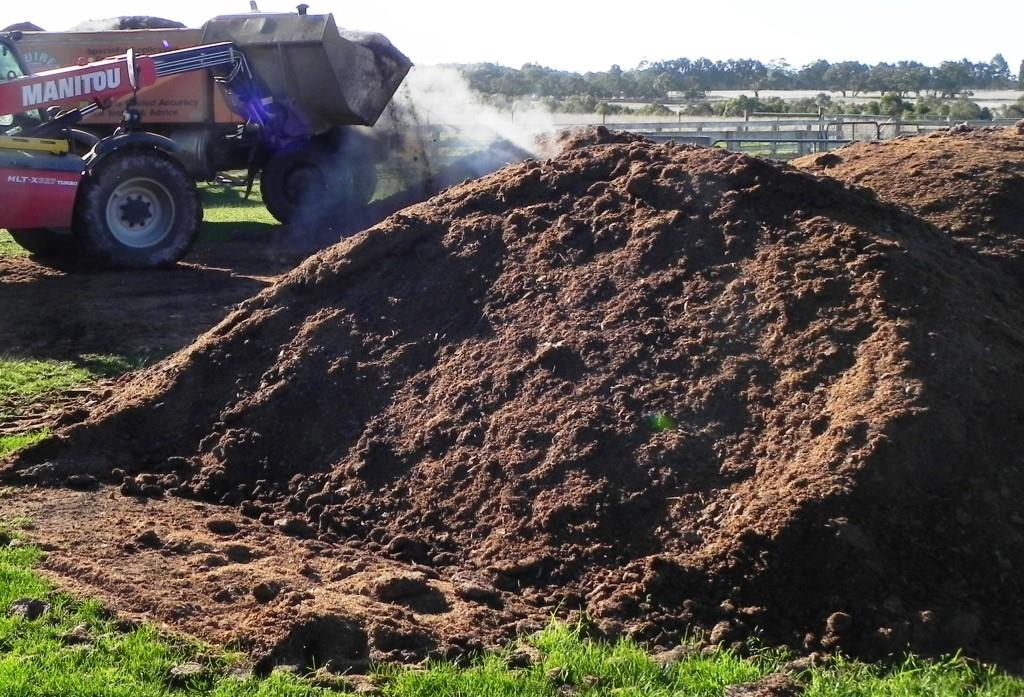
Figure: Poultry litter will support similar increases in pasture growth as inorganic fertilisers when the nutrients applied per hectare are equal. Photo: Patrick Francis
Users of composts and animal wastes should be aware of the possibility that these products contain heavy metals, salt and weed seeds. They should be reminded to take the necessary precautions to protect human and animal health from pathogens that may exist in the products.
Take home messages
The mineralisation process undertaken by soil organisms, principally microbes, plays an important role in providing available nutrients to plants.
Testing for soil biology provides an indication of microbial biomass and activity but these tests have not been demonstrated to be causally linked with pasture production.
A number of soil chemical tests have been developed and verified over time to provide critical ranges for macronutrients and micronutrients which are causally linked with pasture production and are the basis for making fertiliser recommendations.
There are limited recorded beneficial effects of biological treatments on pasture or cereal performance when application rates provided only low levels of nutrients: as occurs with typical application rates in the grazing industry.
Not all of the nutrients in composts and animal wastes are always immediately available for uptake by the plant. In general, the compositing process lowers the rates at which added nutrients become available to plants.
Users of composts and animal wastes should be aware of the possibility that these products contain heavy metals, salt and weed seeds.
Source: A guide to fertilisers and soil treatments for beef and sheep meat production systems, MLA May 2014, Project code: E.PDS.1305

